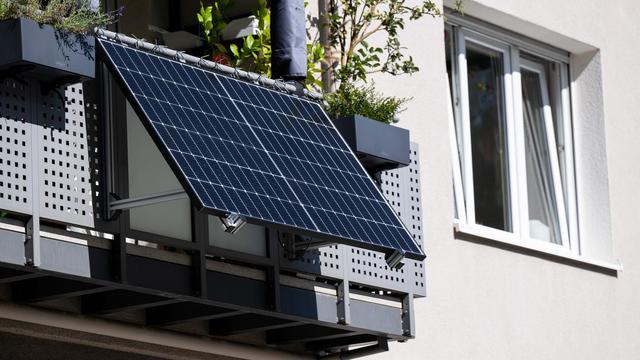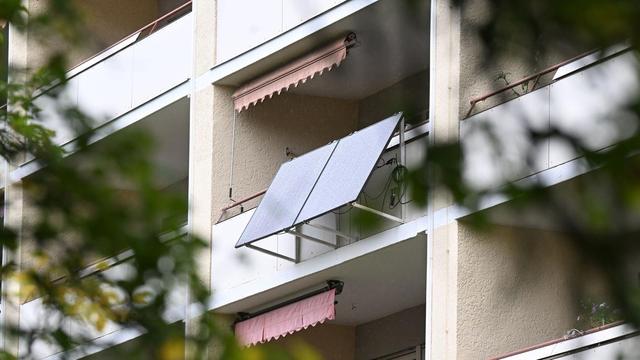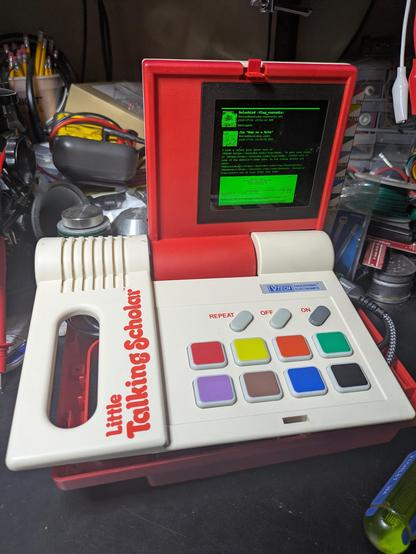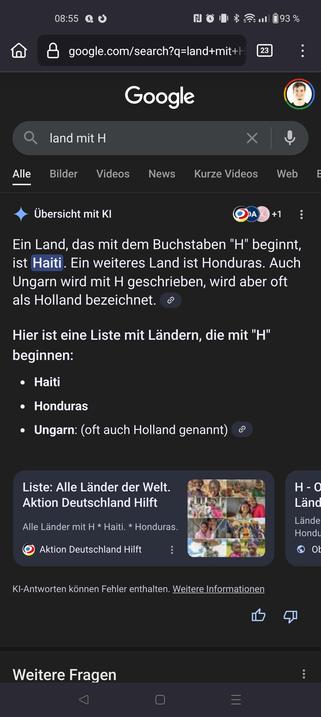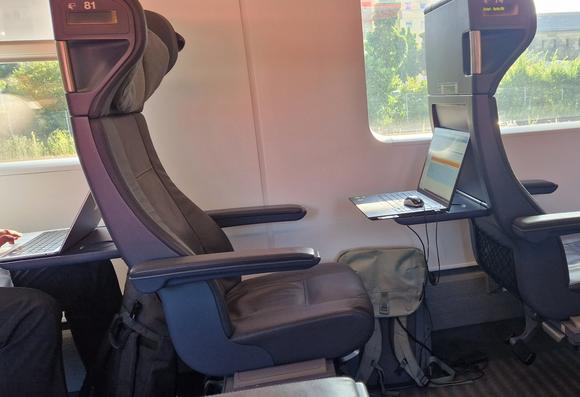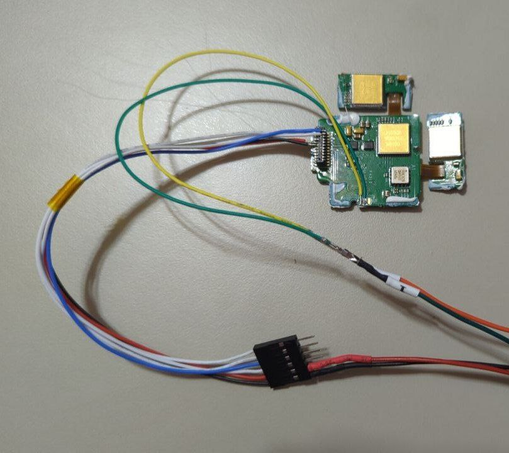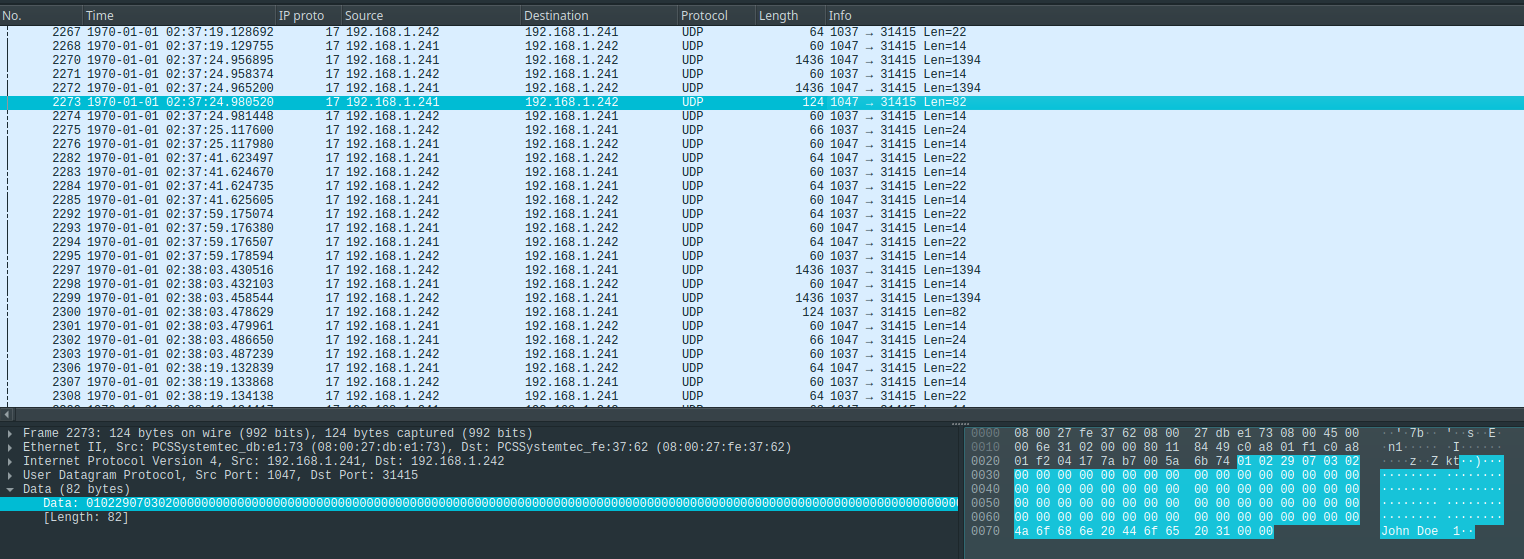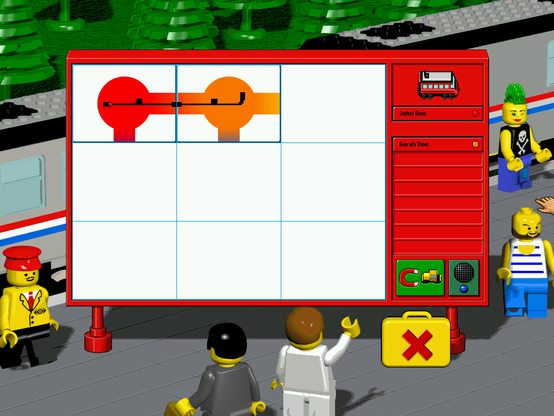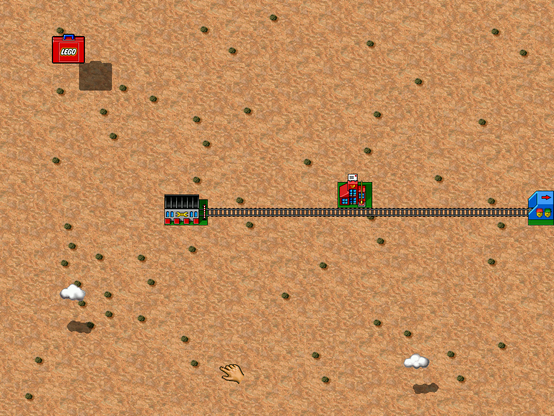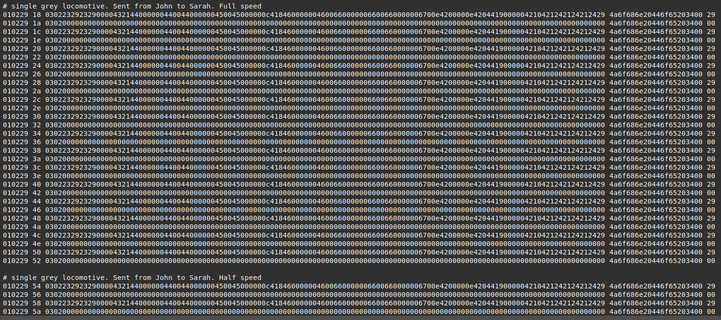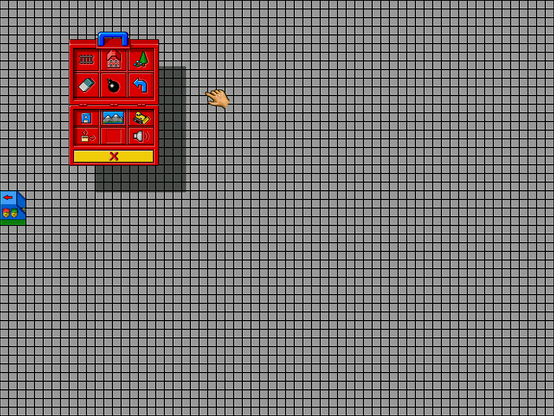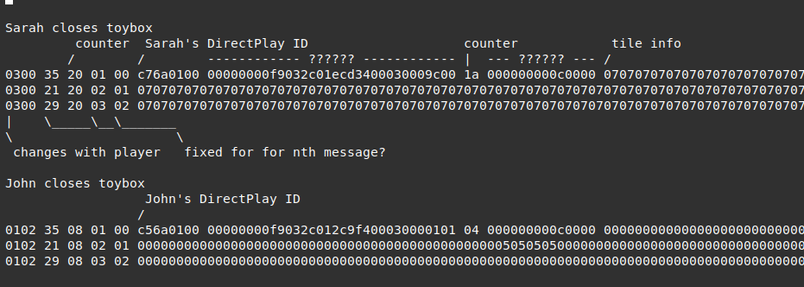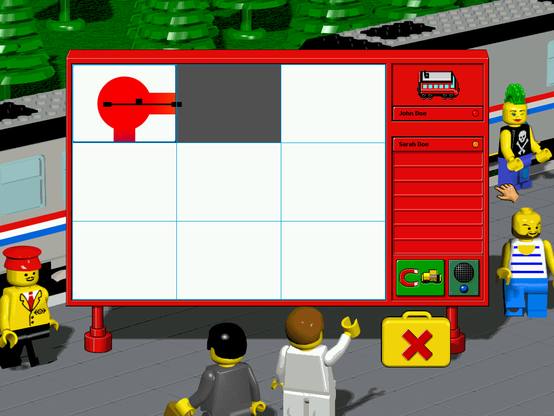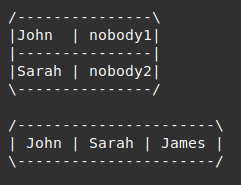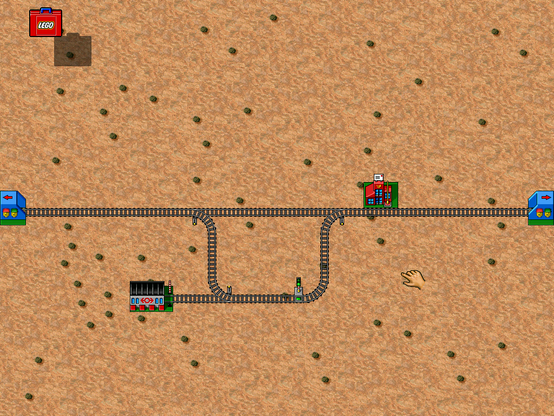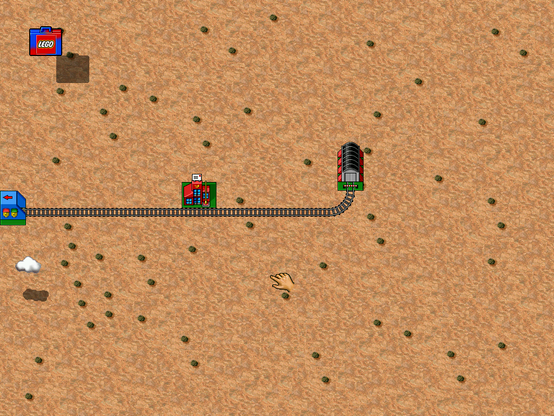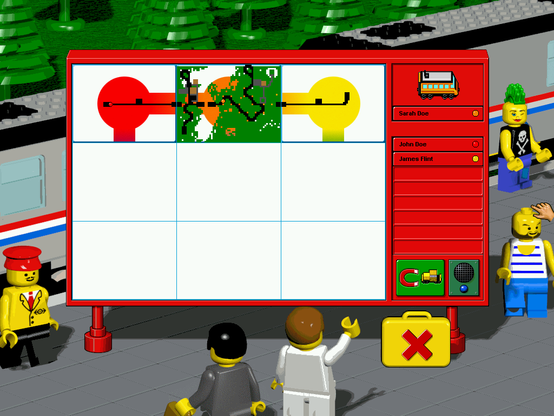Can you program GPUs and do you want to become a HERO?
#linuxphonecommunity needs your help.
We are trying record video, and have most pieces working, but one is
missing: fast enough debayering. That means about 23MB/sec on
#librem5.
Debayering is not hard; camera images have subpixels split on two
lines, which need to be corrected. They also use different color
representation, but that's fixable by some table lookup and two matrix
multiplies.
Librem 5 has Vivante GPU, 4 in-order CPU cores and 3GB RAM. My feeling
is that it should be fast enough for that. If task is for some reason
impossible, that would be good to know, too.
Image data looks like this
RGRGRG...
xBxBxB...
.........
.........
Task is to turn that into usual rgbrgb.... format. rgb = RGB * color
matrix, with table lookups for better quality. I can fix that once I
get an example.
I'm looking for example code (#pinephone would work, too), reasons it
can not be done... and boosts if you have friends that can program
GPUs.
#gpu #opensource